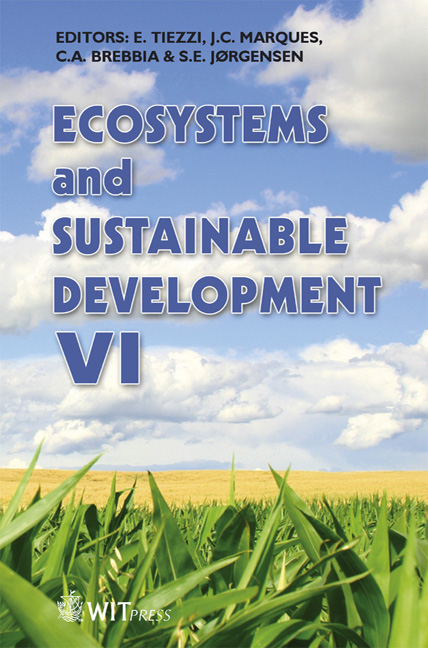Effects Of Planting Patterns On Biomass Accumulation And Yield Of Summer Maize
Price
Free (open access)
Transaction
Volume
106
Pages
9
Published
2007
Size
313 kb
Paper DOI
10.2495/ECO070411
Copyright
WIT Press
Author(s)
L. Quanqi, C. Yuhai, L. Mengyu, Y. Songlie, Z. Xunbo & D. Baodi
Abstract
Biomass accumulation by crops depends on both light interception by leaves and on the efficiency with which the intercepted light is used to produce dry matter. Our aim was to identify which of these processes were affected for summer maize field crops grown under different planting patterns. In this paper, the effects of different planting patterns on the radiation-use efficiency (RUE) was investigated. The experimental work was carried out in 2005 in the field located in Shandong province, north China. Three planting patterns have been applied in 2005: flat planting, bed planting and furrow planting. Above-ground biomass accumulation and grain yield of bed and furrow planting patterns were higher than that of flat planting patterns. The lower biomass production and yield in flat planting patterns was accounted for by the reduced amount of photosyntheticlly active radiation (PAR) absorbed by the canopy, which was itself the consequence of the reduced leaf area index. These results obtained in field crop conditions strengthen the idea that planting patterns greatly affect radiation-use efficiency, biomass accumulation and yield of summer maize in north China. Keywords: planting pattern, radiation-use efficiency, yield, summer maize. 1 Introduction In field crop studies, the approach developed by Monteith [1] makes it possible to analyse biomass production as the consequence of two major processes: (i) the
Keywords
planting pattern, radiation-use efficiency, yield, summer maize.





